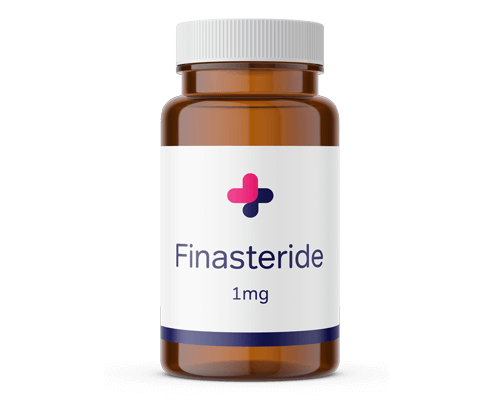Finasteride
Reduce hair loss with Finasteride (generic Propecia)
Finasteride is a prescription drug used by millions of men all over the world to fight male pattern hair loss. It’s well-tolerated in long-term use and has proven effective in many studies.
Buy Finasteride now
Buy Finasteride now
Buy Finasteride from a trusted U.S. Pharmacy

- Fully authorized pharmacy
- Price checked medication
- Free shipping















Quick and discreet
I ordered Azithromycin tablets for chlamydia treatment, received it next day in a brown discreet pack, and cheaper than all other pharmacies, can't ask for more
Jordan McCann